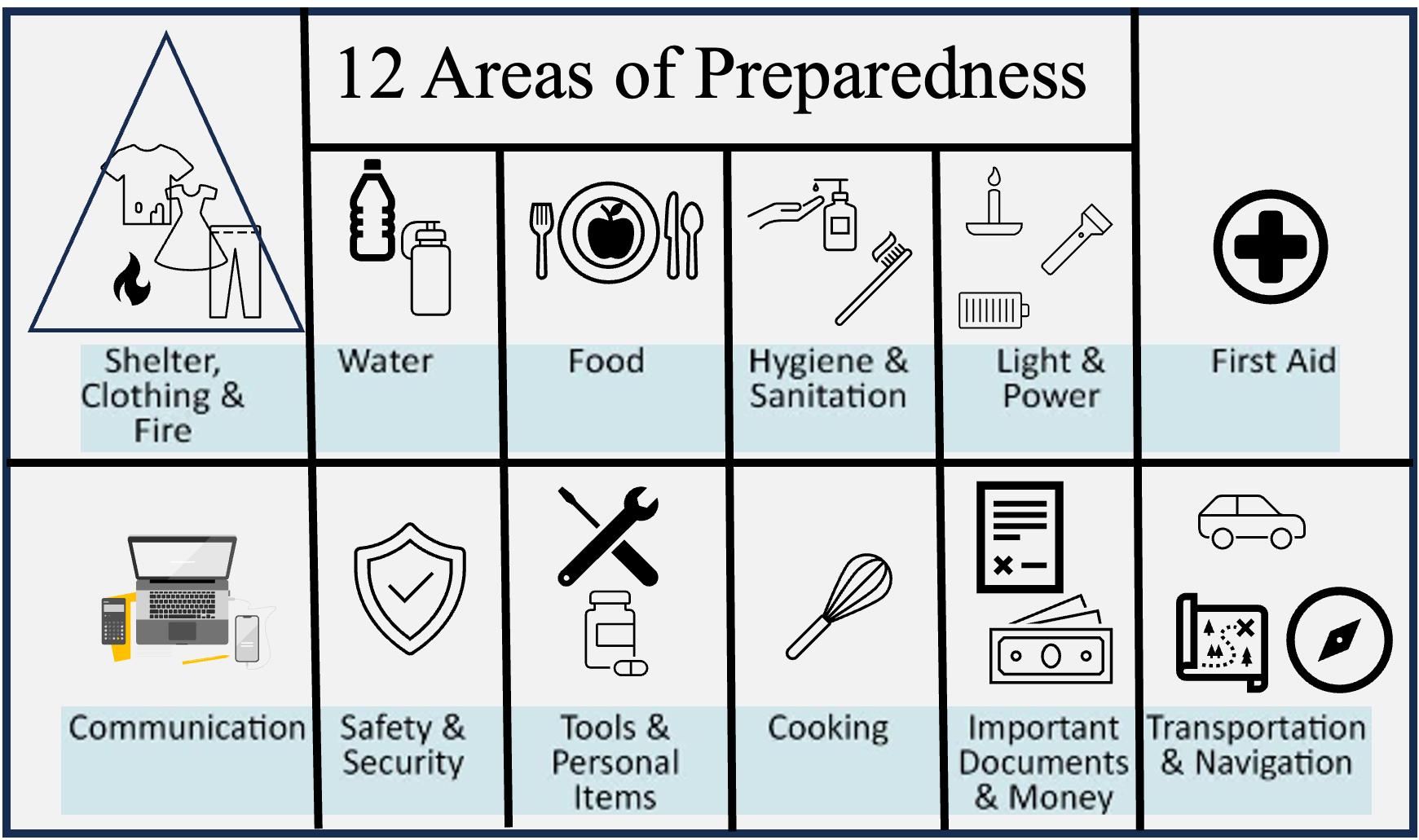Emergency Preparedness
Thunderstorms and Lightening
When thunder roars, go indoors! When you hear thunder, immediately move to safe shelter: a substantial building with electricity or plumbing or an enclosed, metal-topped vehicle with windows up. Refrain from using items plugged into an outlet and avoid running water. Stay in safe shelter at least 30 minutes after you hear the last sound of thunder. Trim trees that may be in danger of falling on your home.
Wind Advisories
Trim tree branches away from your house and power lines. Secure loose gutters and shutters. Identify an interior room of your house, such as a basement or interior bathroom, that you can take shelter in during high wind warnings.
Flooding
Turn Around, Don't Drown! Floods are the most common disaster in the United States. Failing to evacuate flooded areas or entering flood waters can lead to injury or death. Avoid wading in floodwater, which can be contaminated and contain dangerous debris. Underground or downed power lines can also electrically charge the water. Find safe shelter.
Build a Kit
After an emergency, you may need to survive on your own for several days. Being prepared means having your own food, water and other supplies to last for several days. A disaster supplies kit is a collection of basic items your household may need in the event of an emergency. Don't forget extra glasses, medicine, clothes, and pet supplies. People and Pet Kits can be placed at work, home, and it your vehicles.
Older Adults
Understand if there are special needs in case of an emergency such as mobility, hearing, medical conditions, etc. Have a support network of friends or family. Make sure at least one person in your support network has an extra key to your home, knows where you keep your emergency supplies, and knows how to use lifesaving equipment or administer medicine.
Make a Plan
Plans allow you to prepare for and protect yourself and your animals from a disaster. You may not be together when disaster strikes, so it's important to know how you'll reconnect if separated. Ensure your family knows what to do in different locations such as home, work, or vacation. Home fire escape plans are critical and should be practiced especially in the dark - statistics show most fires occur in the middle of the night.

Emergency Alerts
Know the types of alerts: Advisory and Statement, Watch, and Warning. Connect to any of these systems: Wireless Emergency Alerts (WEAs), Emergency Alert System (EAS), NOAA Weather Radio All Hazards (NWR), Integrated Public Alert Warning System (IPAWS).
National Preparedness Month - September